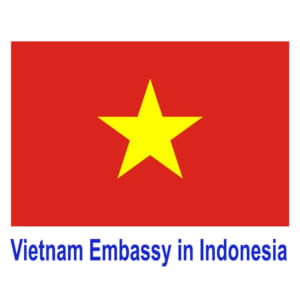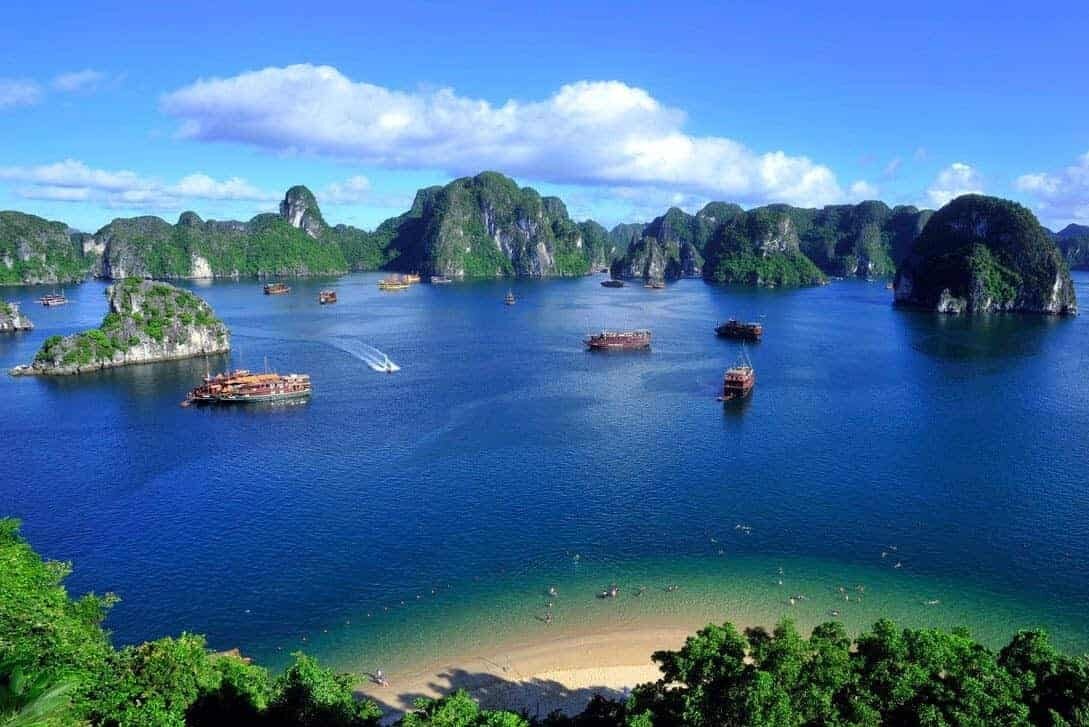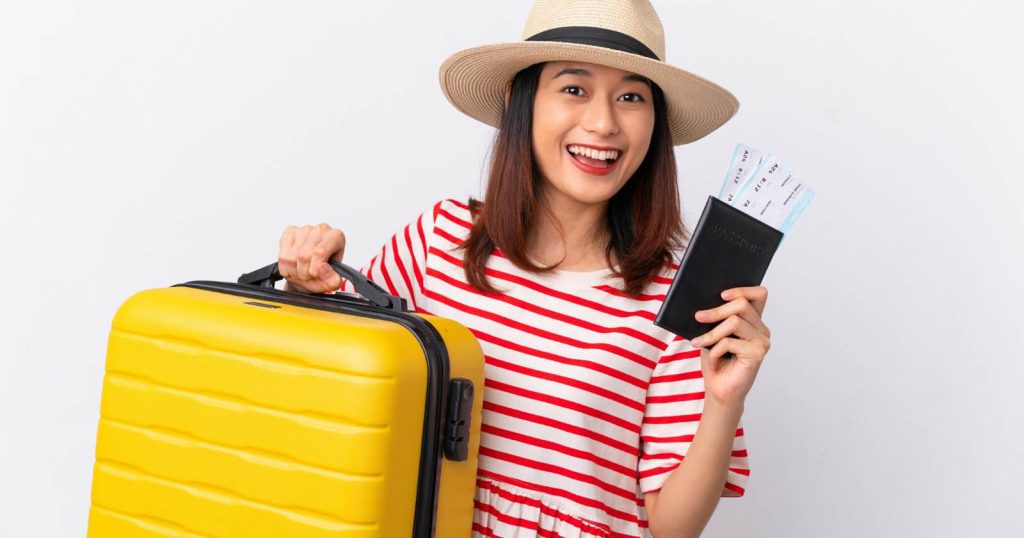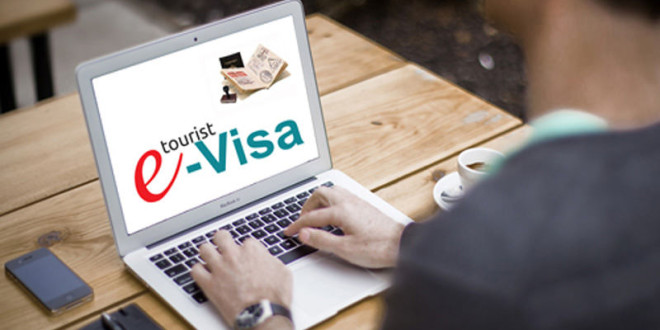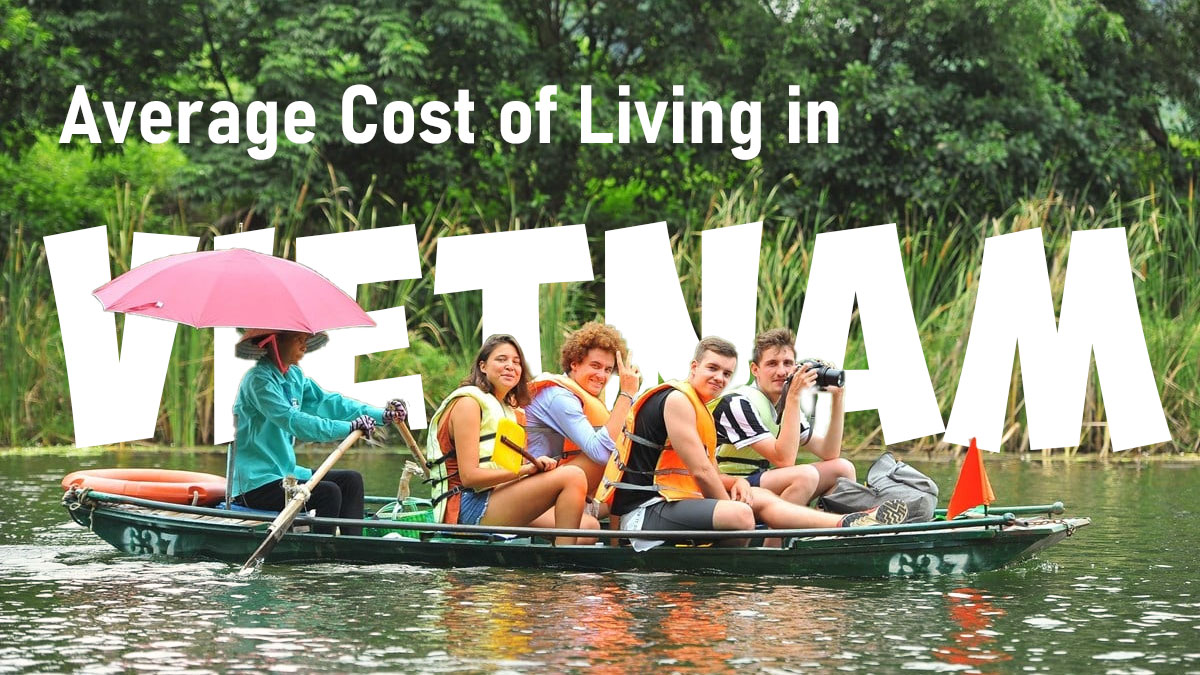
🇻🇳 Vietnam Visa on Arrival for Indian Citizens
Vietnam’s stunning natural scenery, rich cultural heritage, and delicious cuisine have positioned it as a popular travel destination for international tourists. The increasing connection between India and Vietnam has resulted in a rise in Indian travelers choosing Vietnam for their next vacation.
Before you get ready to visit this stunning Southeast Asian location, it’s important to know about the visa requirements for Indian citizens. While some countries have strict visa regulations, Vietnam allows Indian citizens to acquire a visa upon arrival..
Here is a comprehensive guide to the Vietnam Visa on Arrival (VOA) for Indian citizens—a fast, convenient, and official way to get your Vietnam visa online in 2025:
✅ What is a Visa on Arrival (VOA)?
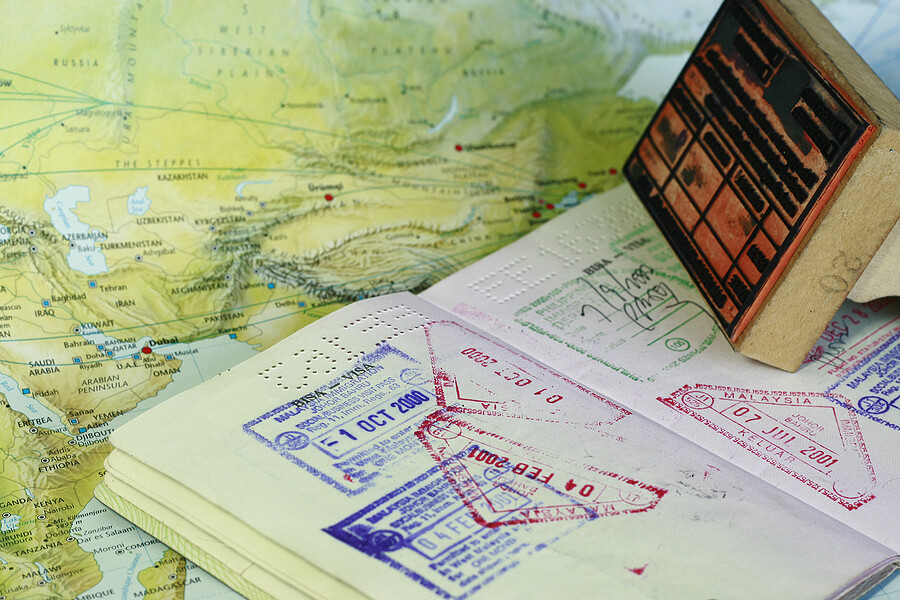
Visa on Arrival is a popular method for Indian passport holders to get a visa when entering Vietnam by air. With VOA, travelers receive a visa approval letter online, then get the actual visa stamped at the airport upon arrival in Vietnam.
🔸 Applicable at Vietnam’s international airports:
Hanoi (Noi Bai), Ho Chi Minh City (Tan Son Nhat), Da Nang, Nha Trang (Cam Ranh), Phu Quoc…
📝 Step-by-Step Application Process
Step 1: Apply Online for Visa Approval Letter
- Visit: https://visaonlinevietnam.com
- Fill in your personal and travel details
- Choose your visa type (Tourist/Business, Single/Multiple entry)
- Pay the service fee online via a secure gateway
Step 2: Receive Visa Approval Letter
- The approval letter will be emailed to you within:
- 2–3 working days (Normal)
- 1 working day (Urgent)
- 4–8 hours (Emergency)
Step 3: Get Visa Stamped Upon Arrival
- At the VOA counter in Vietnam airport, present:
- Visa approval letter (printed)
- 2 passport-sized photos (4×6 cm)
- Valid passport (at least 6 months validity)
- Stamping fee in cash (USD):
- $25 for single entry
- $50 for multiple entry
📌 Visa Types Available for Indians
| Visa Type | Validity | Entry Type |
|---|---|---|
| Tourist Visa | 30 days | Single/Multiple |
| Business Visa (DN) | 1-3 months | Single/Multiple |
| Urgent Tourist Visa | 1 month | Single |
| Emergency Visa (24 hrs) | 1 month | Single |
📄 Requirements for Indian Citizens
- Passport valid for at least 6 months
- Digital copy of passport photo page
- Passport-sized photo
- Accurate personal and travel details
- Visa service fee + stamping fee upon arrival
💡 Pro Tips
- Apply at least 7 days before travel
- Double-check your approval letter for accuracy
- Carry USD in cash for the stamping fee
- Consider Airport Fast-Track Service for VIP entry at VisaOnlineVietnam.com
2. Visa Exemption Policy for Indians
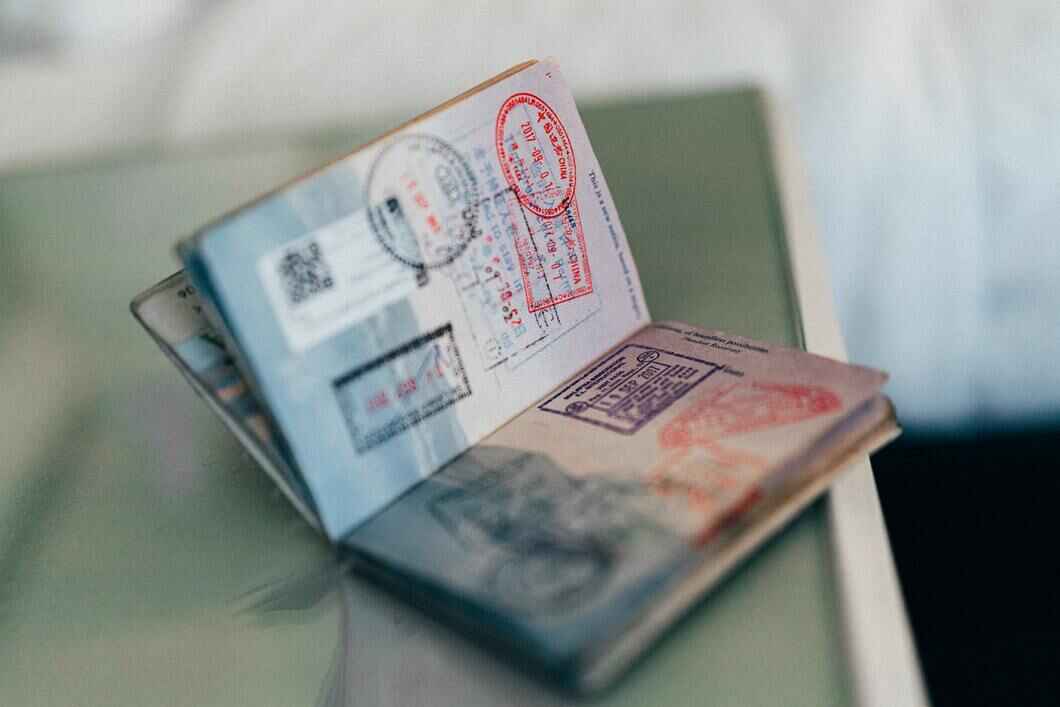
As mentioned earlier, Indian citizens are eligible for an on arrival visa for Vietnam. However, there are certain exemptions under which Indians can enter Vietnam without a visa, including:
- Diplomatic and official passport holders: Indian citizens who hold diplomatic or official passports are exempt from a visa for up to 90 days.
- APEC Business Travel Card: Indian citizens who hold an Asia-Pacific Economic Cooperation (APEC) Business Travel Card can stay in Vietnam for up to 90 days without a visa.
- Bilateral agreement: Under a bilateral agreement between the governments of India and Vietnam, certain groups of Indian nationals can enter Vietnam without a visa. These include Indian nationals with diplomatic or official passports, Indian nationals visiting for tourism or business purposes for a maximum of 14 days, and Indian students studying in Vietnam.
3. Tips for a Smooth Visa Process
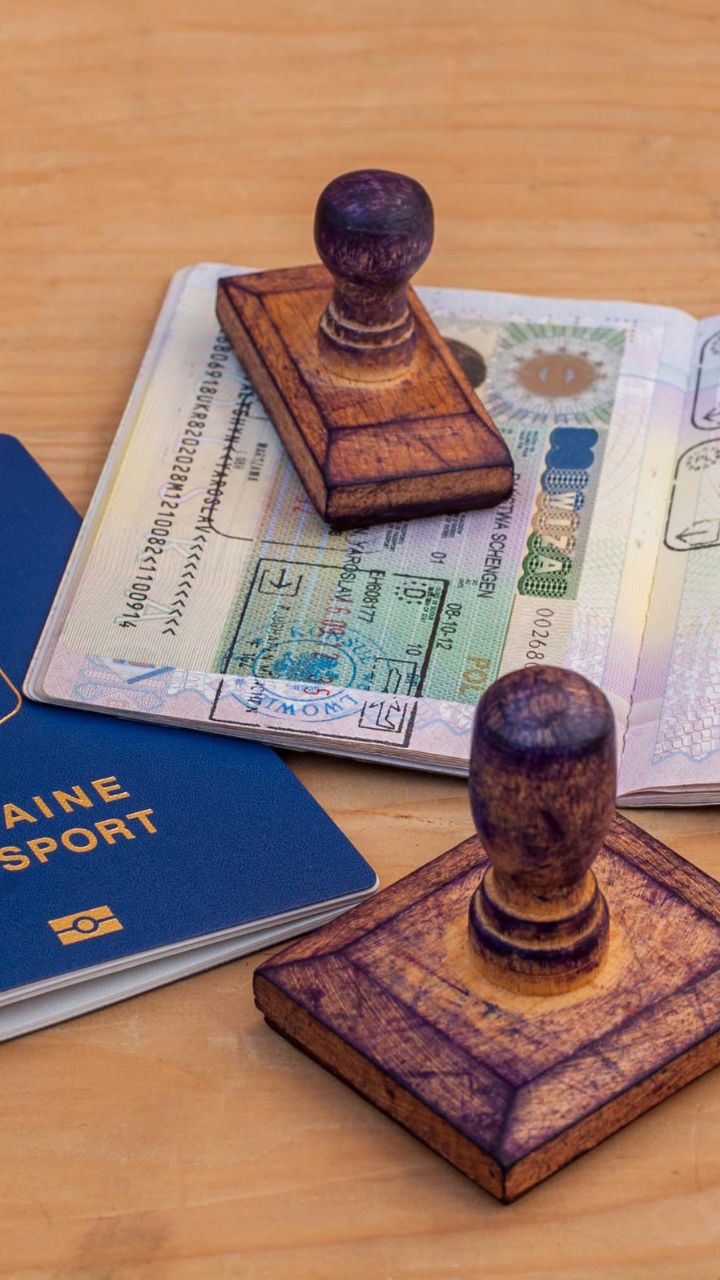
To ensure a hassle-free visa process, here are a few tips that you should keep in mind:
Apply for Your Visa Approval Letter in Advance
It is recommended to apply for your visa approval letter at least 1 month before your intended travel date. This gives you ample time to resolve any issues that may arise during the application process.
Check for Any Updates or Changes in the Visa Policy
While the on arrival visa policy for Indian citizens remains relatively stable, it is always a good idea to check for any updates or changes before planning your trip. This will save you from any last-minute surprises or complications.
Make Sure Your Passport is Valid
Before applying for your visa, ensure that your passport has at least 6 months of validity remaining. If your passport is nearing its expiration date, consider getting a new one before traveling.
4. Frequently Asked Questions
Q1: Can I apply for an on-arrival visa for Vietnam if I am not traveling by air?
No, the on arrival visa is only applicable for travelers entering Vietnam by air. If you plan on entering the country through a land border or by sea, you will have to obtain a visa beforehand from the Vietnamese embassy or consulate.
Q2: Are there any restrictions on the purpose of visit for an on-arrival visa?
Yes, the on arrival visa is only applicable for tourism or business purposes. If you are traveling to Vietnam for other reasons such as studying or working, you will have to obtain a different type of visa.
Q3: Can I extend my stay in Vietnam with an on arrival visa?
Yes, you can apply for a visa extension through the Immigration Department of Vietnam. However, this process can be time-consuming and may require additional fees.
Q4: Is it safe to obtain an on arrival visa for Vietnam?
Yes, it is safe to obtain an on arrival visa for Vietnam. The visa approval letter is issued by the Vietnam Immigration Department, and the visa stamping is done at the designated airports by immigration officers.
Q5: Can I enter Vietnam without a visa if I have a connecting flight through one of the designated airports?
No, even if you have a layover in one of the designated airports (Hanoi, Da Nang, Ho Chi Minh City), you will still need a valid visa to enter Vietnam.
📞 Contact VisaOnlineVietnam for Support
- Email: sales@visaonlinevietnam.com
- WhatsApp: (+84) 968 18 77 18
- USA Hotline: +1(972)-666-0676
✈️ Start Your Vietnam Adventure Now!
Whether you’re traveling for tourism or business, Visa on Arrival for Indians is the most efficient and traveler-friendly way to enter Vietnam.
🌐 Apply Now: VisaOnlineVietnam.com

